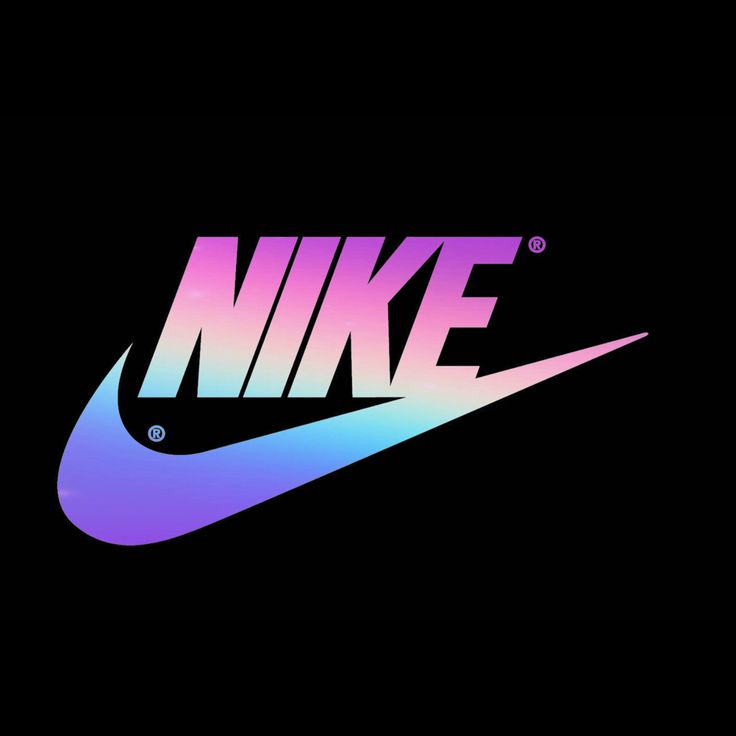In today’s fitness-driven world, mobile apps are revolutionizing the way we track, monitor, and achieve our health goals. Apps like Jefit have set a benchmark in fitness tracking and workout management by offering an intuitive interface and robust features. If you’re contemplating how to make an app like Jefit, you’re in the right place. In this blog, we’ll guide you through the essential steps, strategies, and features required to create a competitive fitness app while leveraging Sodio’s expertise in app development.
Why Build a Fitness App?
The global fitness app market is projected to reach $15.6 billion by 2028, growing at a CAGR of 17.6%. This explosive growth is fueled by rising health consciousness and the integration of technology in fitness routines. By creating an app like Jefit, you’re tapping into a lucrative market while providing users with tools to transform their health journey. But how do you replicate and improve upon Jefit’s success?
Key Features of an App Like Jefit
To understand how to make an app like Jefit, let’s first examine the core features that make it popular:
- Workout Logging and Tracking: Users can log their workouts and track their progress over time.
- Extensive Exercise Library: A rich database of exercises with instructions and visuals.
- Customizable Workout Plans: Personalized plans to suit individual fitness levels and goals.
- Progress Analytics: Detailed statistics to track performance and improvement.
- Social Integration: A community feature for motivation and competition.
Integrating these features into your app will ensure a strong foundation. However, adding unique elements will set your app apart.
Steps to Build an App Like Jefit
1. Define Your Vision and Target Audience
Every successful app starts with a clear vision. Identify your target audience: Are you catering to beginners, professional athletes, or general fitness enthusiasts? Understanding your audience will shape the app’s features and design.
Key Considerations:
- What problem does your app solve?
- What unique value will your app offer?
- How does your app differentiate from competitors?
2. Choose the Right Technology Stack
Selecting the right technology stack is crucial for ensuring seamless performance. Here’s a recommended stack for fitness app development:
- Frontend: React Native or Flutter for cross-platform compatibility.
- Backend: Node.js or Django for robust server-side operations.
- Database: Firebase or MongoDB for efficient data storage.
- APIs: Integration with fitness tracking APIs like Google Fit or Apple Health.
3. Design an Intuitive User Interface (UI)
A well-designed UI is the backbone of user engagement. Ensure your app is easy to navigate and visually appealing. Use Sodio’s design expertise to craft an interface that resonates with your audience.
UI Best Practices:
- Keep it simple and clutter-free.
- Use engaging visuals and animations.
- Optimize for both iOS and Android platforms.
4. Develop Core Features
To create an app like Jefit, start with the following essential features:
- User Registration and Profiles: Enable users to create accounts and personalize their profiles.
- Workout Logging: Allow users to log exercises, sets, reps, and weights.
- Exercise Library: Include a diverse range of exercises with step-by-step instructions.
- Progress Tracking: Use charts and graphs to showcase user progress.
- Social Features: Introduce leaderboards, friend challenges, and community forums.
5. Integrate Advanced Features
Enhance your app’s value with innovative features:
- AI-Powered Recommendations: Suggest workouts based on user history and goals.
- Gamification: Add badges, rewards, and challenges to boost engagement.
- Wearable Integration: Sync with fitness wearables like Fitbit and Garmin.
6. Test and Launch Your App
Thorough testing ensures your app is free from bugs and glitches. Conduct beta testing to gather user feedback and refine your app. Once ready, launch on App Store and Google Play, supported by a strong marketing campaign.
Leveraging Sodio’s Expertise
Sodio specializes in building custom apps tailored to your vision. From conceptualization to deployment, we ensure your app is optimized for success. Explore our app development services to learn how we can bring your fitness app to life.
Monetization Strategies for Fitness Apps
Understanding how to make an app like Jefit involves planning its monetization. Here are effective strategies:
- Freemium Model: Offer basic features for free and charge for premium content.
- Subscription Plans: Monthly or yearly plans for access to exclusive features.
- In-App Purchases: Sell workout plans, diet guides, or merchandise.
- Advertisements: Collaborate with fitness brands for targeted ads.
Challenges and Solutions
Developing a fitness app is not without challenges. Here’s how to address common issues:
- Data Privacy: Ensure compliance with data protection regulations like GDPR.
- User Retention: Use personalized notifications and gamification to keep users engaged.
- Scalability: Build a scalable backend to handle growing user demand.
Case Studies: Fitness App Success Stories
Take inspiration from other successful fitness apps:
- MyFitnessPal: Known for its comprehensive food tracking and calorie counting features.
- Nike Training Club: Offers free workouts from professional trainers.
- Fitbit: Syncs seamlessly with wearables for real-time fitness tracking.
These apps highlight the importance of user-centric design and innovative features.
Conclusion
Creating a fitness app like Jefit is a rewarding venture, provided you approach it with the right strategy and resources. By focusing on user needs, leveraging advanced technologies, and collaborating with an experienced development partner like Sodio, you can turn your vision into reality.
Ready to start your fitness app journey? Contact us today to explore our services and bring your idea to life. Whether you need guidance on development, design, or monetization, Sodio is here to help.







